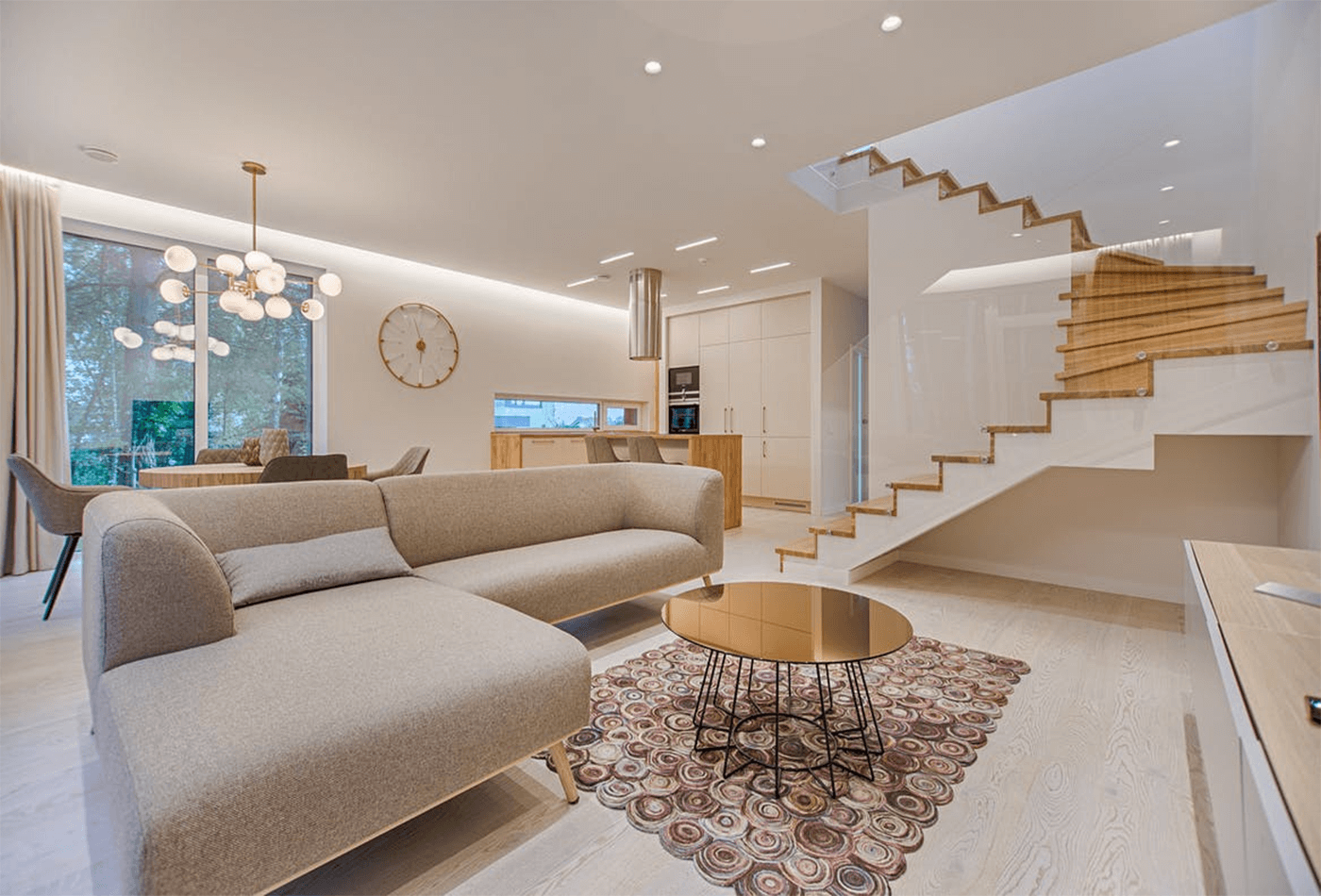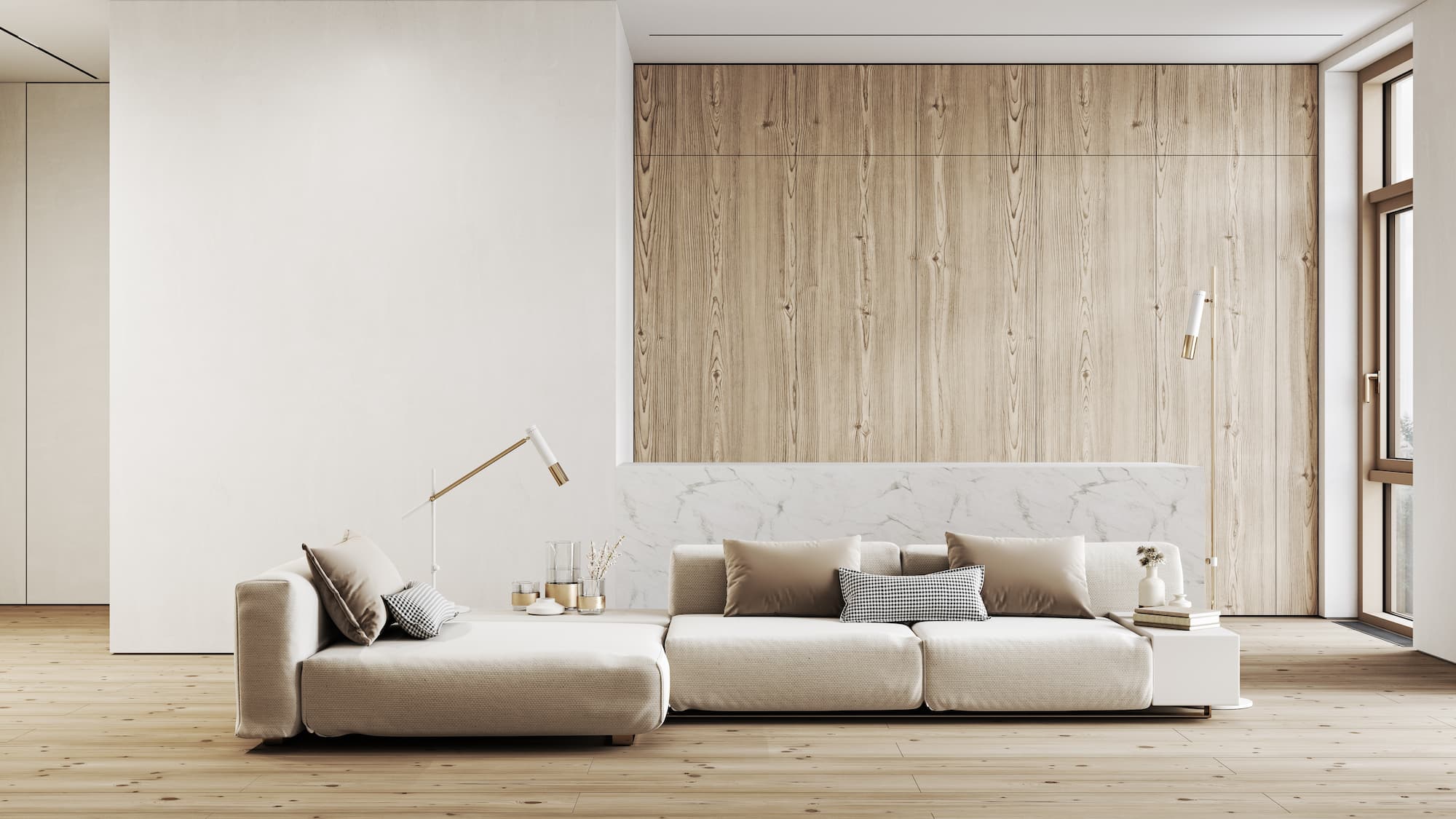Hire skilled interior design firms for modern and classic styles.
Wiki Article
Change Your Home With Vital Concepts of Interior Decoration and Visual Appeals
The art of changing your home via the crucial principles of interior design and aesthetic appeal needs a thoughtful strategy that harmonizes color, equilibrium, and spatial recognition. By understanding the effect of shade concept and the value of texture and patterns, one can develop spaces that are not just aesthetically enticing yet additionally deeply individual. Attaining this equilibrium entails even more than plain decor; it includes a calculated plan and a keen understanding of exactly how each aspect engages within an area. As we explore these foundational concepts, take into consideration just how they may redefine your understanding of home and personal expression.Understanding Shade Theory
Understanding the principles of shade theory enables developers to create areas that reverberate emotionally with owners while fulfilling practical needs. Each category plays a vital role in establishing consistency within a room.The psychological effect of shades is extensive; warm colors such as reds and oranges stimulate power and warmth, while great tones like blues and environment-friendlies promote calmness and peace. Moreover, using corresponding shades enhances aesthetic passion, developing striking contrasts that can elevate a space's charm.
Neutral shades, on the various other hand, act as a functional background, allowing other design elements to shine. It is vital to consider variables such as lights and the room's purpose when picking a shade scheme, as these can modify the assumption of shades throughout the day.
Inevitably, a well-considered shade plan can change an area, promoting a sense of comfort and design that straightens with the citizens' choices. Proficiency of color theory is, for that reason, an important skill for any indoor developer aiming to produce harmonious and welcoming settings.
Accomplishing Balance in Design
How can developers accomplish a feeling of balance in their spaces? Attaining balance in layout is essential to developing harmonious insides.Asymmetrical equilibrium, on the other hand, counts on differing components that still accomplish a natural appearance. This strategy enables more dynamic and informal setups, supplying interest while preserving equilibrium. By very carefully selecting varying dimensions, colors, and structures, designers can produce a visually compelling area that really feels balanced yet energetic.
Radial equilibrium stresses a central prime focus with components radiating external. This design is typically seen in round formats, where furniture and design develop a natural surround that draws the eye internal.
Inevitably, achieving balance calls for thoughtful factor to consider of scale, proportion, and the connections in between components. miami luxury interior design. By masterfully using these equilibrium concepts, developers can change spaces into environments that feel both visually pleasing and functionally unified, boosting the total experience for owners
Importance of Spatial Awareness

A keen sense of spatial understanding enables developers to recognize focal factors within an area, guiding the audience's interest to crucial functions while preserving a general feeling of unity. It also aids in the tactical placement of illumination, which can substantially affect the assumption of room and state of mind. Understanding spatial relationships enables the developer to provide to the details requirements of occupants, making sure that each area serves its desired objective without jeopardizing aesthetic appeals.
Eventually, spatial awareness is crucial for taking full advantage of the capacity of any indoor room. By very carefully thinking about the interplay in between measurements, layout, and feature, developers can create settings that not just meet sensible demands but additionally stimulate a sense of comfort and elegance, improving the overall living experience.
Incorporating Appearance and Patterns
Accepting a diverse variety of appearances and patterns can substantially improve the visual and responsive charm of an indoor area. The tactical use of numerous materials-- such as wood, steel, material, and stone-- develops depth and interest, making an area feel much more welcoming and vibrant. Integrating smooth surfaces with harsh textures can establish a balance that attracts the eye and engages the senses.When including patterns, think about both scale and rep. Big patterns can act as prime focus, while smaller, refined you could try this out layouts can enhance various other components without overwhelming the area. Layering patterns, such as pairing flower cushions with candy striped tosses, includes complexity and a sense of consistency if executed thoughtfully.
It is likewise vital to keep a natural shade combination, making certain that appearances and patterns collaborate instead of contend for interest. By selecting a few essential textures and patterns, you can create a combined aesthetic that reflects your personal style while enhancing the overall setting of try these out the area. Inevitably, the careful incorporation of these elements can transform a mundane area right into an innovative environment rich with personality and warmth.
Customizing Your Area
Developing a room that reflects your character is important to accomplishing a genuinely welcoming atmosphere. Customization in indoor design enables you to instill your distinct design and rate of interests right into your home, changing it from a simple sanctuary into a shelter that talks with that you are. Begin by selecting a color scheme that reverberates with your feelings-- bold hues can invigorate, while soft tones supply peace.Include art work and decor that reflect your enthusiasms, whether it be travel, nature, or abstract ideas. Presenting individual collections, such as publications, pictures, or souvenirs, can stimulate valued memories and develop prime focus within a space. In addition, consider personalizing functional pieces, like upholstered furniture, to straighten with your visual choices.

Final Thought
Finally, the improvement of a home via the crucial principles of interior layout and visual appeal requires a thorough understanding of color theory, balance, spatial recognition, texture, and personalization. Each aspect adds significantly to producing an unified and useful living setting - miami luxury interior design. By attentively incorporating these principles, individuals can improve the aesthetic charm and psychological resonance of their spaces, eventually cultivating a home that mirrors unique identities while supplying convenience and usefulnessReport this wiki page